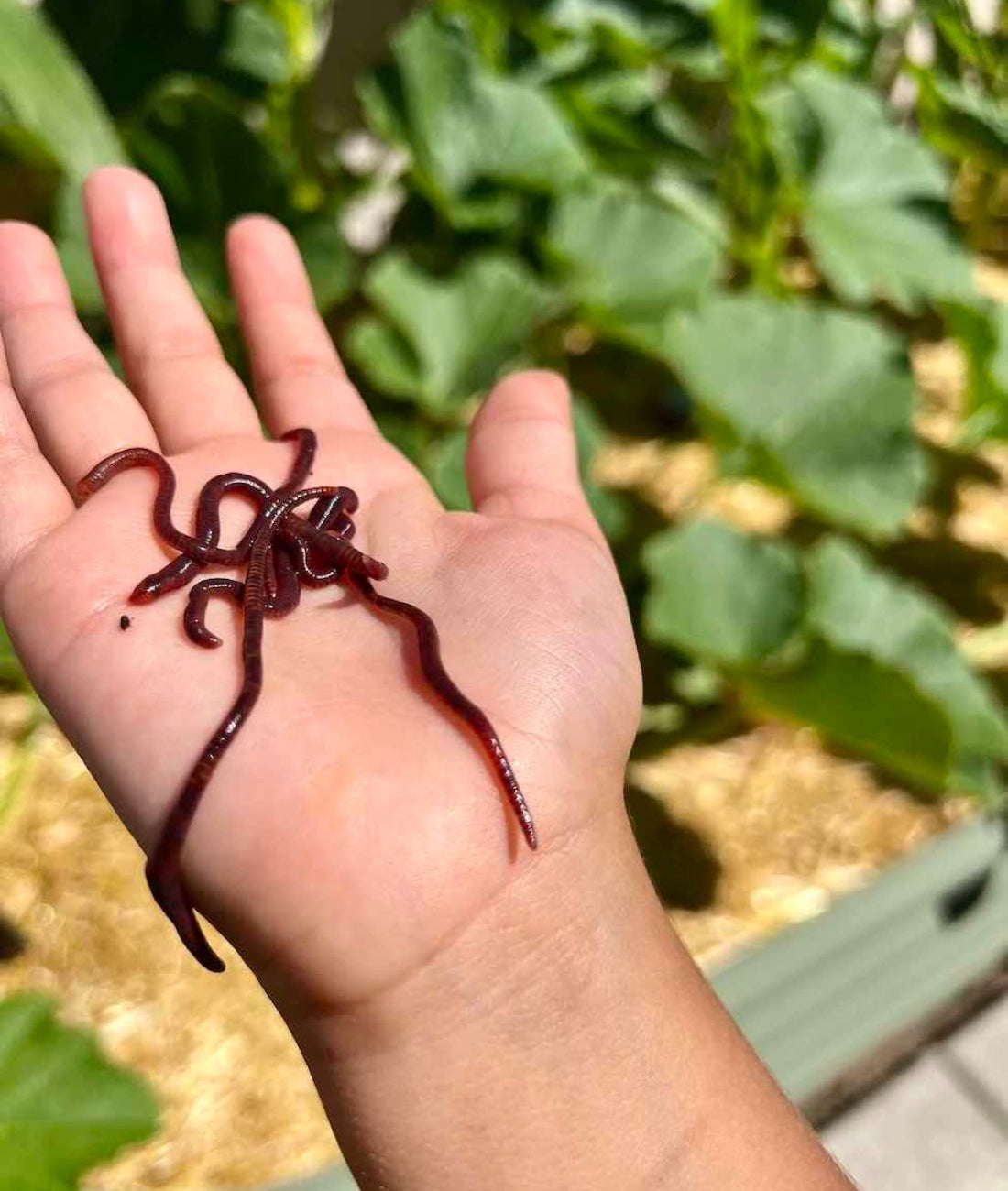Top Guidelines Of Red Wiggler Express
Table of ContentsThe 8-Second Trick For Red Wiggler ExpressIndicators on Red Wiggler Express You Need To KnowRed Wiggler Express Fundamentals ExplainedRed Wiggler Express Fundamentals ExplainedSome Of Red Wiggler Express
It's risk-free to claim this things would have been terrific to include as a to vermicomposting systems! And the growing Red Worm populace? It just never occurred. Also in the stack that was established straight in front of yard composters with existing Red Worm swarms. Yet these nutritionally-boosted wood chip environments are definitely packed with Lumbricus sp.
Numerous varieties, including Red Wigglers, European Nightcrawlers, and Lumbricus types were brought over from the European continent. Here's the thingNative or not - and as talented as they are at being able to endure in a wide-range of environments and problems -. To put it simply, they are far much more likely to hang around in any type of active composting systems you have set up, than they are to wander off and begin ruining the setting.
Origins need oxygen for respiration and depend on smooth airflow within the dirt to flourish. When it rainfalls, soil can become saturated with water, decreasing the oxygen readily available and hindering nutrient absorption. To maintain an optimum balance, the dirt needs to enable water to drain appropriately, leaving enough area for air to sustain root health
Our Red Wiggler Express Diaries

When it involves worms for composting, what enters your mind? If you were an earthworm dog breeder, dealer, or ordinary gardener, after that you would certainly know that red wiggler worms are the optimal worms for vermicomposting. For more information about these earth wonders, gone through some of the red worm realities below.
(https://www.localstar.org/red-wiggler-express)But if they extend their bodies, you'll have the ability to see the red stripes on their skin. When increasing worms such as red wiggler worms, you ought to have the ability to recognize exactly how to profit them. When you're able to maintain and care for their habitat well, and additionally feed them the best type of organic wastes, then they'll be able to generate nutrient-packed and quality-rich worm castings for you (also known as worm poop or compost).
Some Of Red Wiggler Express
So, what do worms consume? Well, these red wriggler worms can be fed with kitchen area scraps and garden wastes. Any type of rotting organic stuff will certainly do like vegetable and fruit peels, smashed egg coverings, utilized tea bags, coffee premises, grass cuttings, completely dry fallen leaves, and others. Make sure not to feed them foods items that are oily, citrusy, or has meat or milk in them.

This behavior makes them fit for life in worm containers, compost heap, and other constrained areas where organic waste is abundant. Creating an optimal atmosphere for red wigglers calls for a thoughtful method. Think about the adhering to important elements to care for red wigglers in your home and ensure their wellness: Make use of a bedding of shredded newspaper or cardboard.

Add a handful of completely dry, shredded newspaper if the container comes to be also damp. They do! Red wiggler worms duplicate by laying small, lemon-shaped eggs in protective cocoons. These cocoons are usually deposited in the bed linen and hatch into infant worms within a couple of weeks. The rapid reproduction cycle of red wigglers is one of the reasons they are preferred for vermicomposting.
Getting The Red Wiggler Express To Work
Their adaptability and strength have actually made them a preferred choice for vermicomposting in various areas worldwide. Yes! They can survive from a variety of 32F to 90F. They are incredibly adaptable animals. Think about safety actions for extremely severe temperature levels such as: Protecting the worm bin with layers of straw or leaves.

Just keep in mind - you can constantly add even more food later (yet it's hard to remove feed once it's been added to a container!).
Because I fed the red wigglers and garden compost worms way too much, they weren't able to keep up and with time the older food went uneaten and developed anaerobic problems that killed the worms. The bright side is that there are really easy actions you can require to guarantee this does not occur! Here're the 6 principles for exactly how commonly and how much to feed your worms: Guideline # 1: Small amounts! You can constantly include more food later on.
5 Easy Facts About Red Wiggler Express Explained
Uneaten food will certainly cause anaerobic conditions that will kill your online worms. It is ok to sprinkle a little of their initial bed linens (which needs to already be in the bin) over the food, however the food needs to never ever be buried and must be visible to your eye. Rule # 5: See rule # 1! Policy # 6: After the very first feeding, feed the worms 1/3 to 1/2 of their weight.